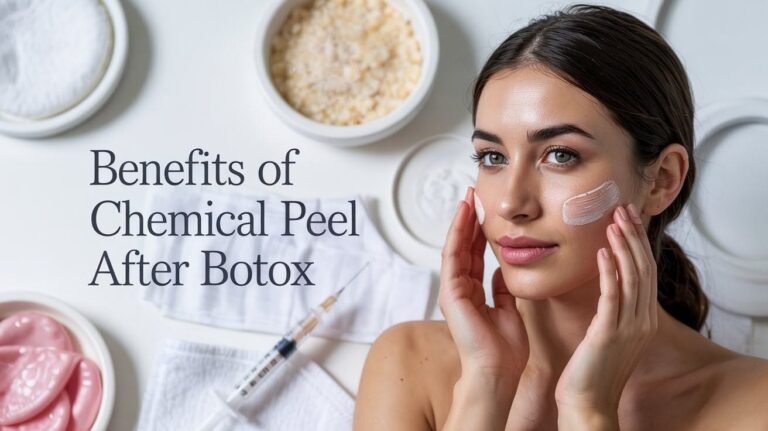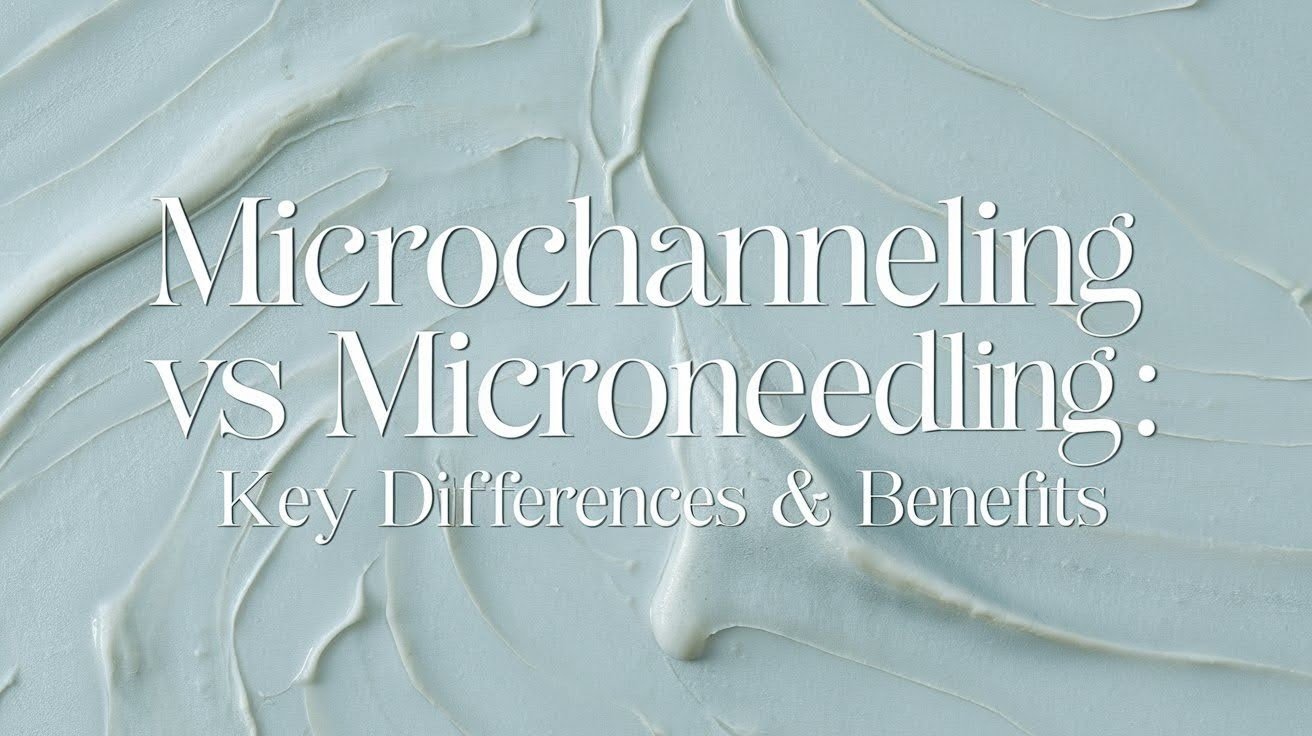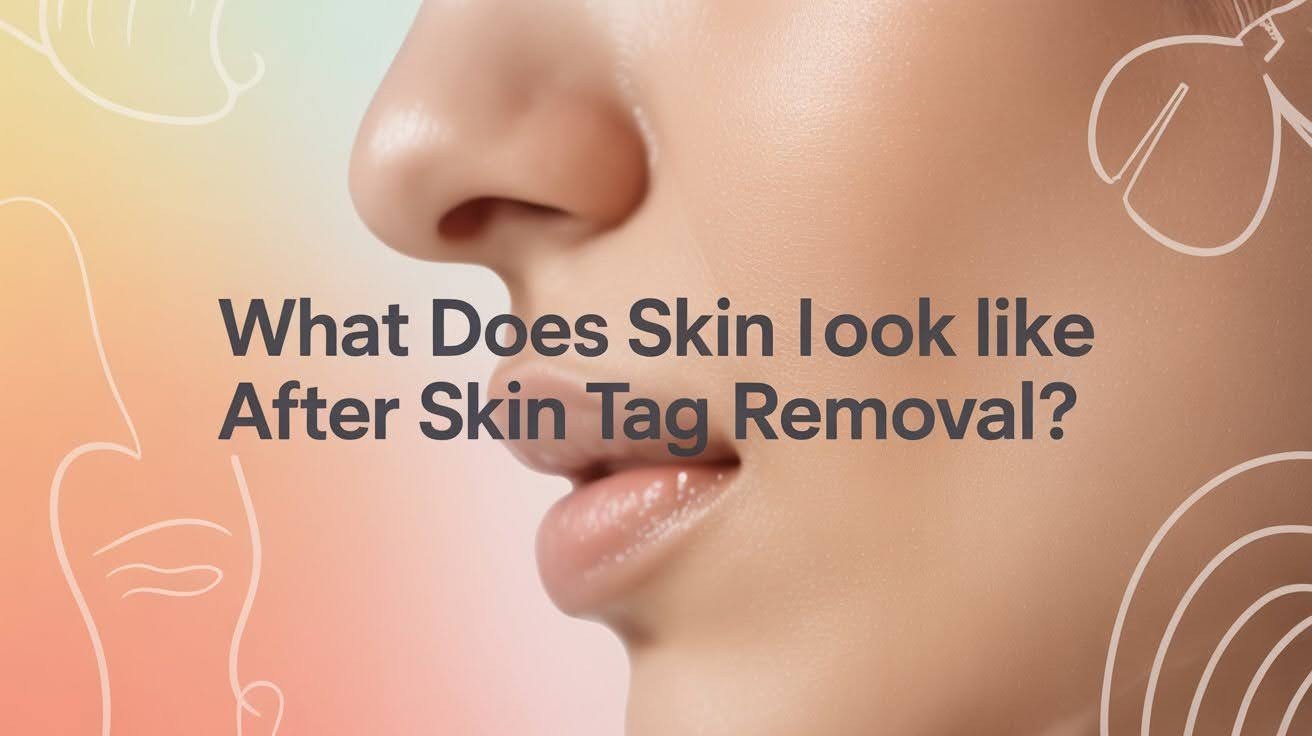Surgery for Dark Circles: Treatments & Lifestyle Tips

Have you noticed dark circles under your eyes that won’t go away? You’re not alone. Many people struggle with this, and it can make you feel self-conscious about your appearance.
Maybe you’ve tried creams or gotten more sleep, but those shadows are still there. Dark circles happen for different reasons- your family history, getting older, lack of sleep, or even your natural skin color.
But here’s the relief: you don’t have to live with them. There are medical treatments that work, and simple lifestyle fixes that can help too.
Let’s find the right solution for you and bring back that fresh, rested look you want.
Understanding Dark Circles
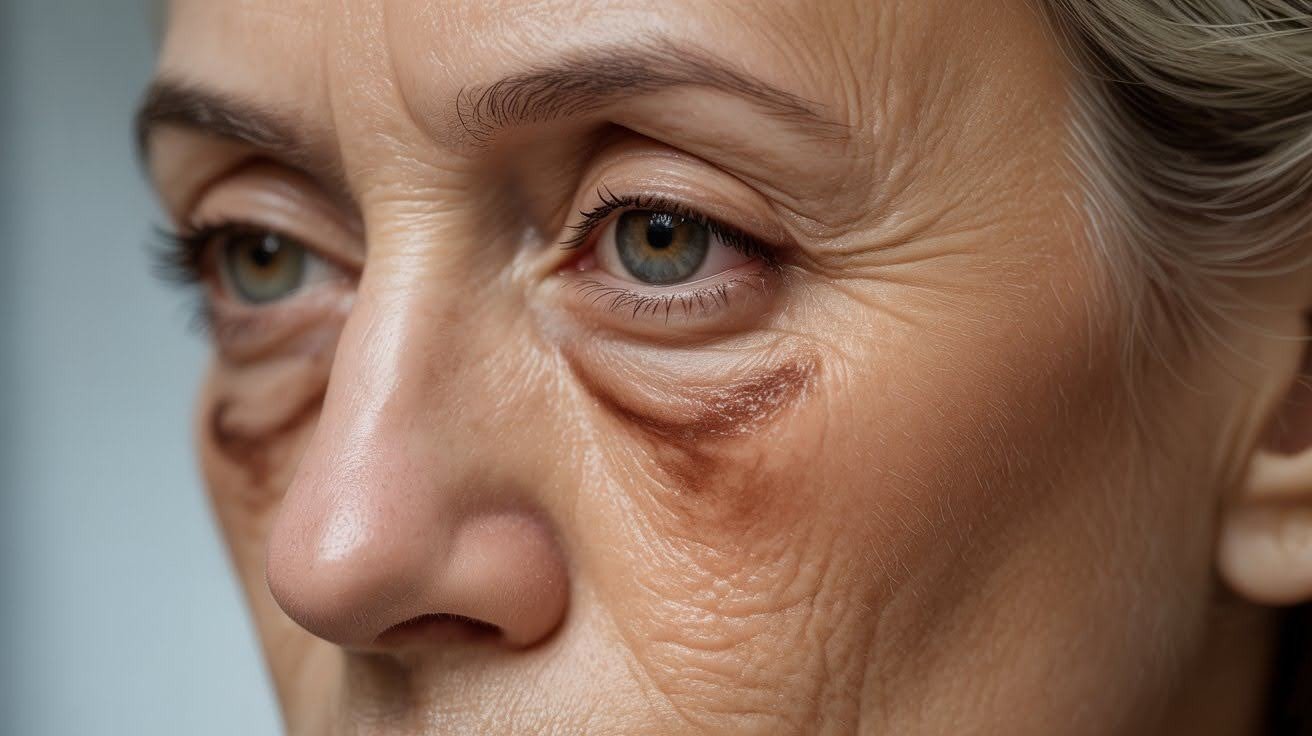
Dark circles form due to aging, genetics, and lifestyle choices. They create shadows and hollows that make you look tired and older.
Common Causes
As you age, your skin loses collagen and becomes looser. Fat under your eyes shifts, creating shadows and hollows.
Sometimes, it’s just how you’re built. If your parents had dark circles, you might have them too. Thin skin, more pigment in that area, your eye shape, or bone structure all play a part.
Your daily habits matter more than you think. Not getting enough sleep, feeling stressed, smoking, or spending time in the sun without protection can all make dark circles worse.
Outside factors like pollution and hormonal changes also contribute to the problem.
How Dark Circles Affect Appearance
Dark circles change how your face looks. The area under your eyes might appear puffy or sunken in. Deep tear troughs create shadows that make the darkness more obvious.
These issues can make you look exhausted, older than you are, or constantly worried-even when you feel fine inside.
Non-Invasive Methods to Reduce Dark Circles

Non-surgical options like fillers, lasers, and PRP therapy can reduce dark circles. Simple lifestyle changes also help improve your under-eye appearance naturally.
Dermal Fillers
Dermal fillers use hyaluronic acid to fill in hollow areas under your eyes. Your doctor injects the filler right in the office. The process is quick, and you can go back to your day with little to no downtime.
Keep in mind that fillers are temporary. You’ll need to come back for touch-ups every 6 to 18 months to maintain results.
Laser Resurfacing
Laser treatments like CO2 or fractional lasers help your skin make more collagen. This smooths out the under-eye area and reduces dark pigmentation. The treatment also softens fine lines around your eyes.
Recovery time is short. Most people return to normal activities within a few days.
Platelet-Rich Plasma (PRP) Therapy
PRP therapy uses a special serum made from your own blood. Your doctor injects this into the skin under your eyes. It helps your skin cells grow healthier and gives your under-eye area a brighter look.
Results appear gradually. You’ll need several sessions to see the full benefits.
Lifestyle Changes
Simple daily habits can help reduce dark circles. Get enough sleep each night and prop your head up with an extra pillow. This stops fluid from pooling under your eyes.
Drink plenty of water and eat nutritious foods. Your skin needs proper fuel to stay healthy.
Protect your face from the sun. Wear sunscreen and sunglasses when you go outside. Too much UV exposure makes dark circles worse.
Try to manage your stress levels. Cut back on alcohol and quit smoking if you can. These changes support better skin health overall.
Surgical Treatments for Dark Circles
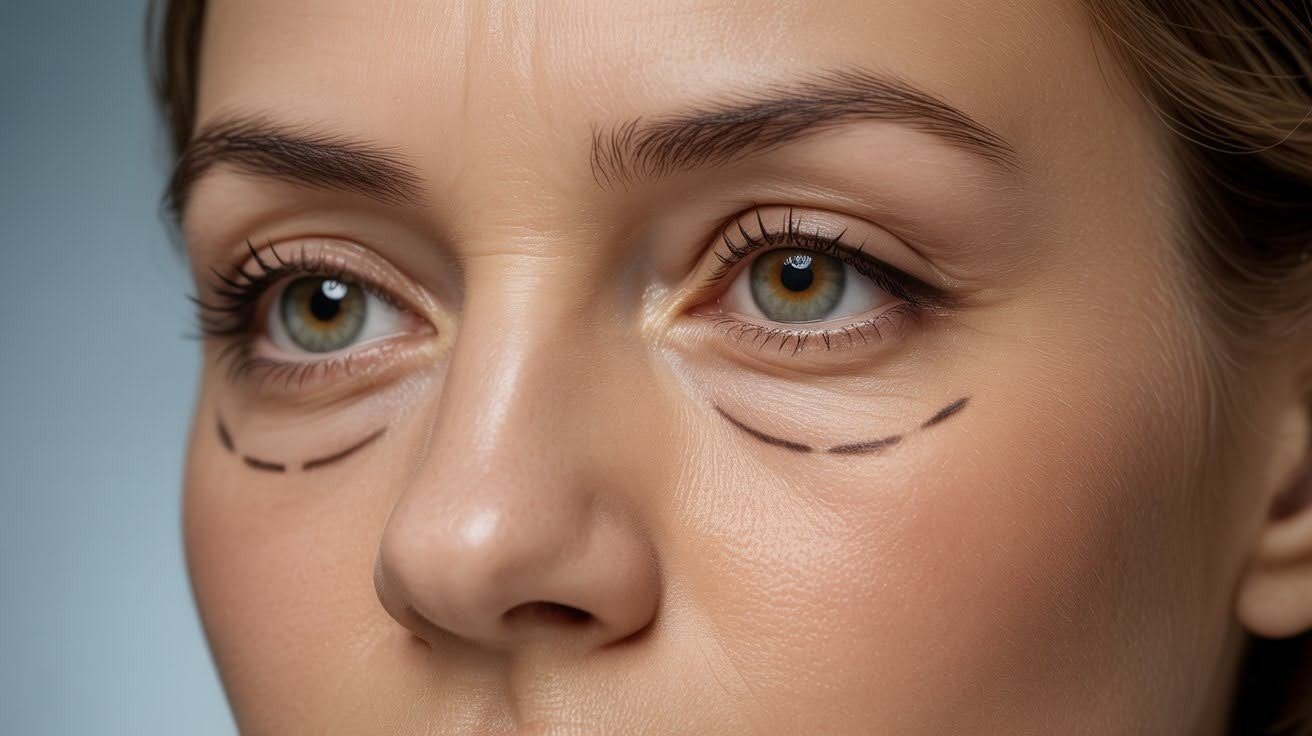
Surgical options like blepharoplasty and fat grafting provide permanent solutions. These procedures remove excess skin, reposition fat, and restore volume effectively.
Lower Blepharoplasty (Lower Eyelid Surgery)
Lower blepharoplasty is eyelid surgery that targets the area under your eyes. Your surgeon moves or removes excess fat to smooth out hollow spots. The procedure also takes away loose, sagging skin and reduces puffiness.
This is a permanent fix. Results last for many years and look natural. You won’t need to repeat the procedure like you would with fillers.
Upper Blepharoplasty and Endoscopic Brow Lift
Upper eyelid surgery removes extra skin from your upper lids. This helps open up your eyes and improves their overall appearance.
A brow lift works on the forehead area. It raises your eyebrows and reduces shadows that fall on your upper eyelids. This creates a smoother, more youthful contour.
Your doctor can do both procedures together. When combined with lower blepharoplasty, you get complete rejuvenation of your eye area.
Fat Repositioning and Grafting
This technique adds volume back to hollow areas under your eyes. Your surgeon takes fat from one area and places it where you need it most.
Doctors often do this during lower blepharoplasty. The combination gives you the best possible results for a refreshed look.
Choosing the Right Treatment

The best treatment depends on how severe your dark circles are. Mild hollows need different solutions than serious puffiness or sagging skin.
Non-surgical options work well for younger patients or minor concerns. Fillers, lasers, and PRP therapy can help without going under the knife.
Surgery makes sense for significant issues or when you want permanent results. Procedures like blepharoplasty offer lasting change.
Always consult a board-certified oculoplastic or plastic surgeon. These specialists can examine your eyes and recommend the right option for your specific needs.
Benefits of Surgery for Dark Circles
- You’ll have a brighter, more rested appearance that makes you look refreshed and awake.
- Your skin becomes smoother, and fine lines around your eyes are reduced for a younger look.
- Results last for years without needing frequent touch-ups like temporary treatments require.
- The changes look natural, not artificial or overdone.
- You’ll feel more confident and better about yourself, which can positively impact your daily life.
What to Expect Before and After Surgery

Proper preparation and post-surgery care are essential. Follow your doctor’s instructions, maintain healthy habits, and attend follow-ups for optimal healing and results.
Pre-Surgery Preparation
Before your surgery, take care of your skin and protect it from the sun. Your doctor will check your overall health to make sure you’re ready for the procedure.
Talk openly with your surgeon about what you want. Discuss realistic outcomes so you know what to expect. Clear communication helps you feel prepared and confident.
Post-Surgery Care
Recovery takes time. You’ll experience some swelling and bruising around your eyes. This is normal and fades within a few weeks.
Your doctor will give you a timeline for healing. Follow their instructions carefully for the best results.
Keep up healthy habits after surgery. Protect your skin, stay hydrated, and get enough sleep. Schedule follow-up appointments to monitor your progress. These steps help maintain your results for years to come.
Conclusion
You now know the options available for treating dark circles. Non-surgical methods like fillers and lasers offer good results without downtime.
Surgical procedures provide permanent solutions for more serious concerns. The key is finding what works for your unique situation.
Everyone’s eyes are different, and what helps one person might not be right for another. That’s why talking to a qualified surgeon matters so much.
They can look at your specific case and create a plan just for you. Don’t wait to take action. Schedule a consultation and start your path toward brighter, more youthful eyes today.
Frequently Asked Questions
What causes dark circles under the eyes?
Dark circles form due to aging, genetics, thin skin, and fat loss under the eyes. Lifestyle factors like poor sleep, stress, and sun exposure also contribute to their appearance.
Are fillers a good option for dark circles?
Yes, dermal fillers can fill hollow areas and reduce shadows under your eyes. However, results are temporary and you’ll need repeat treatments every 6 to 18 months.
How long does recovery take after eyelid surgery?
Most people recover within 1 to 2 weeks after blepharoplasty. Swelling and bruising are common at first but fade gradually as you heal.
Can lifestyle changes really help reduce dark circles?
Yes, getting enough sleep, staying hydrated, and protecting your skin from the sun can improve your under-eye area. Managing stress and avoiding smoking also make a noticeable difference.
How do I know if I need surgery or non-surgical treatment?
It depends on the severity of your dark circles and your goals. A consultation with a board-certified surgeon will help determine the best option for your specific needs.






